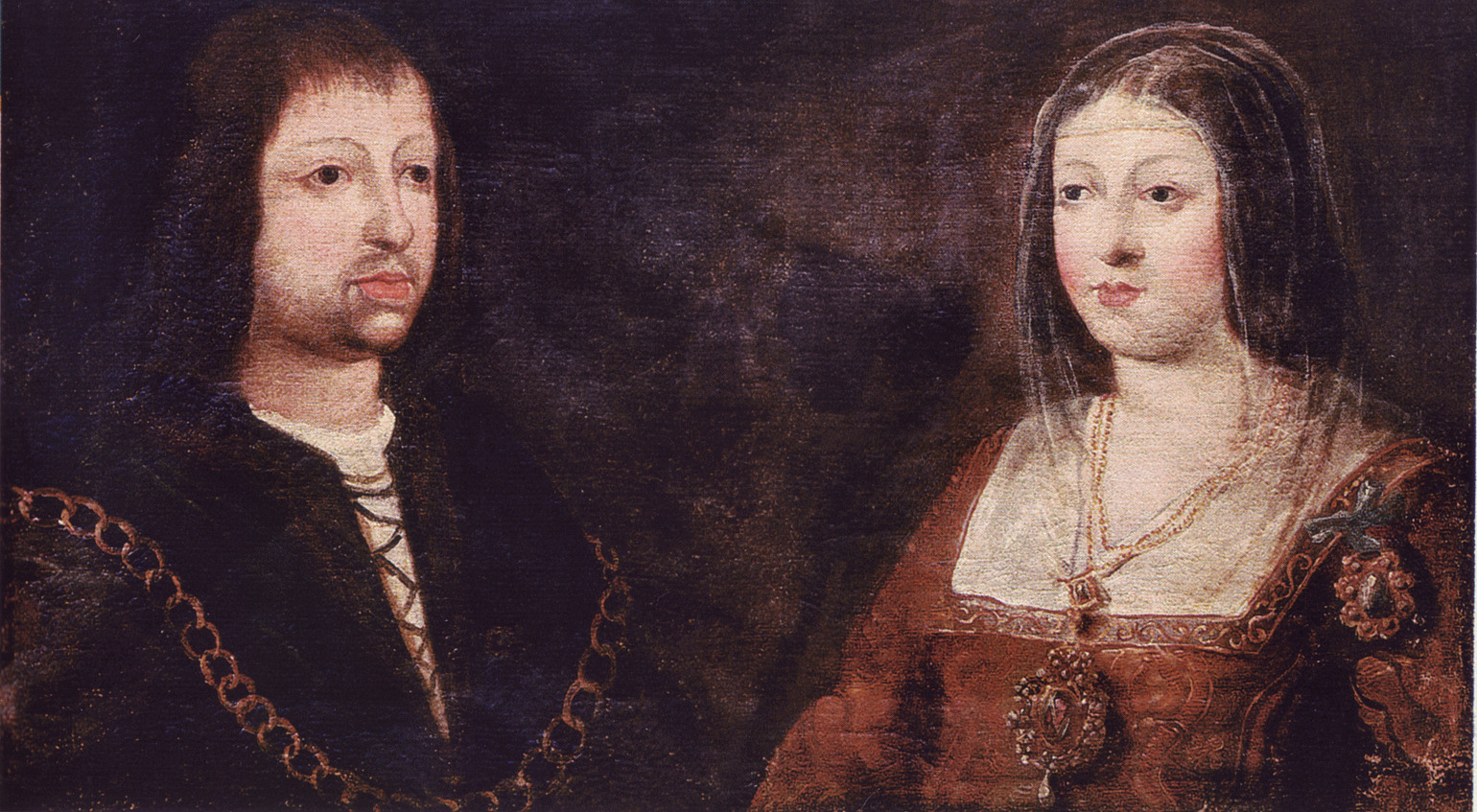The end of the 15th century was the eve of reform for the church and the eve of the Protestant reformation. The church in these times were plagued by several problems one of which was absenteeism. A bishop would hold an office for the income and then the people of that district would never see that bishop because he was elsewhere doing what he wanted. Another was greed both in the papacy and in the monasteries. Sometimes it was because the monasteries were so impoverished that all the monks could think about was how to get money. There are also accounts of drinking and loose living in monasteries with the monks having concubines, but it is hard to tell the numbers of these things because of the lack of evidence. Monasteries also had problems with monks being ignorant since there were no seminary’s at this time. This is a reason that reformation spread so quickly because the monks and abbots didn’t know how to argue against it. Not all of these problems were widespread or defined every monk but reform was definitely needed and that would come in the 16th century with the council of Trent.

At the same time Spain was becoming more centralized. The area we think of as Spain today used to be comprised of many different kingdoms all quarreling with each other. Unification began with the marriage of Isabella heiress of Castile and Ferdinand heir of Aragon. This united the two kingdoms and they decided to use the reconquistas and take over Granada, the last moorish kingdom from the Muslim conquest of the 8th century. After ten years of fighting Granada surrendered and the peace treaty that followed was very civil compared to others in this era. Another establishment by queen Isabella and king Ferdinand was the Spanish Inquisition. They were meant to root out heracies and Jews and Muslims who had converted but their conversion seemed dubious. This act was to unify all the Spaniards under one religion disallowing heretics and false conversions to disrupt the unity.